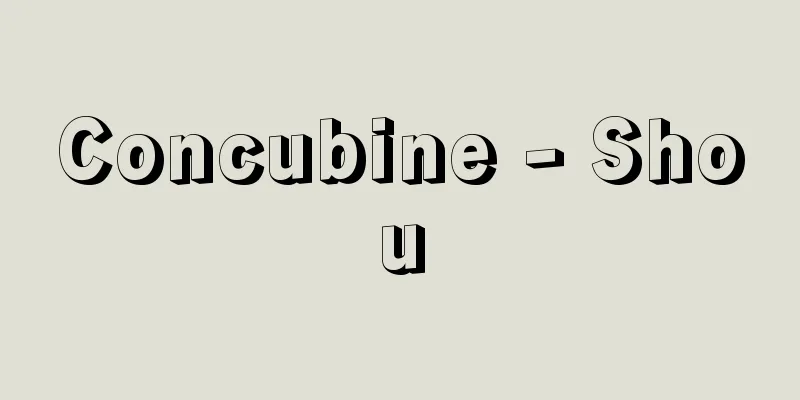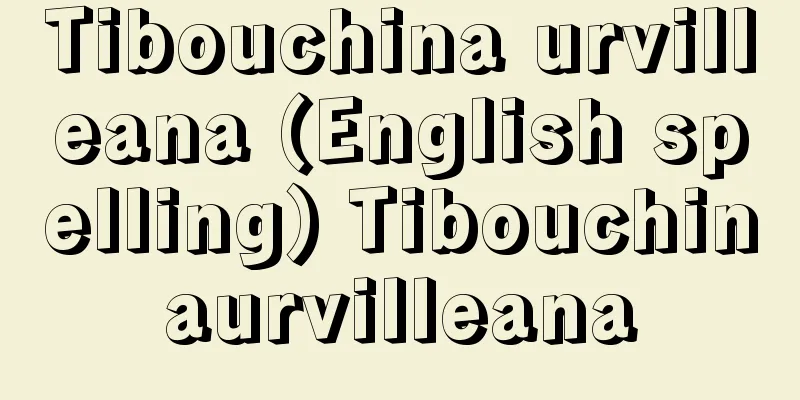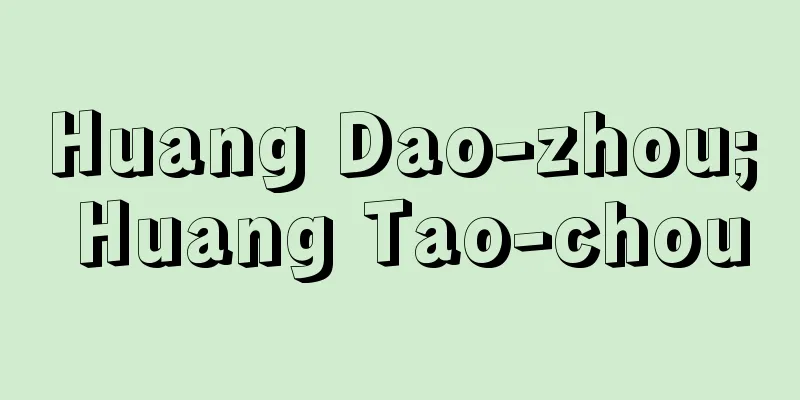Jun Takami

|
Novelist and poet. Born on February 18, 1907, in Mikuni-cho, Fukui Prefecture (now Sakai City). Born as an illegitimate child of Sakamoto Sannosuke (then Governor of Fukui Prefecture) and Takama Koyo. His real name was Takama Yoshio. He moved to Tokyo with his grandmother and mother shortly after his birth. He went to the First Prefectural Middle School and the former First Higher School, before moving on to the Department of English Literature at Tokyo Imperial University. During that time he became interested in Dadaism and anarchism, and published the coterie magazine Kaiten Jidai (first published in 1925) with Takasu Motoi and others. At Tokyo University, he formed the Left Art Alliance with Tsuboi Shigeji and others, and published novels and critiques in proletarian literature magazines such as Left Art, University Left, October, and Collective. After graduating from university in 1930, he worked for Kenkyusha before moving on to Columbia Records. In 1933, he was arrested for union activities and converted. At the same time, his wife betrayed him, which compounded his mental anguish. In September of the same year, he founded the magazine Nichireki with Shibukawa Gyo and Nitta Jun, and wrote the short story Sentiment (1933) and the long novel Kokyu Wasureteki (1935) as an outlet for his inner anguish. The latter in particular was nominated for the first Akutagawa Prize, instantly drawing the attention of the literary world. In 1936, together with the Nichireki members, he participated in Takeda Rintaro's Jinbunko, serializing a sequel to Kokyu Wasureteki, which was published in book form in October. Short essays published during this period, such as "I can't sleep behind the descriptions," are also not to be missed as examples of his unique literary ideas. As the Second Sino-Japanese War dragged on, Takami escaped into Asakusa and wrote his novel "Under What Star" (1939-40) in the Bungei magazine. This novel, with illustrations by Mikumo Shonosuke, is a masterpiece that conveys the atmosphere of Asakusa at the time. After the war, he wrote works such as Waga Mune no Soko no Koko ni (Here in my Heart) (1946-47; a sequel was published in 1957 but left unfinished), Ima Hitotoba no (Now for a Once) (1946), Mune yori Mune ni (From my Heart to my Heart) (1950-51), Seimei no Ki (The Tree of Life) (1956-58), and Iyana Kanji (Iyarana Kanji) (1960-63). His poetry collections include Jukiha (The Tree of Trees) (1950) and Shi no Hachi no Huchi Yori (From the Brink of Death) (1964), a valuable literary critique called Showa Bungaku no Seika Shi (The History of the Rise and Fall of Showa Literature) (1958), and his extensive diary Takami Jun Nikki (The Diary of Takami Jun) (16 volumes in total). Until he succumbed to cancer on August 17, 1965 (Showa 40), he devoted himself to the founding of the Japan Pen Club and the National Museum of Modern Japanese Literature. [Toya Ryunosuke] "The Complete Works of Takami Jun, 20 volumes and 1 supplementary volume (1970-77, Keiso Shobo)" ▽ "The Diary of Takami Jun, 8 volumes and 8 sequels (1964-66, 1975-77, Keiso Shobo)" ▽ "Takami Jun, the Eternal Seeker, by Ishikawa Mitsutoshi (1969, Shimizu Shoin)" ▽ "Takami Jun, the Eternal Seeker, by Dobashi Harushige (1973, Shakai Shiso Sha)" ▽ "Takami Jun, by Okuno Takeo (1973, Kokubunsha)" [Reference] | |Source: Shogakukan Encyclopedia Nipponica About Encyclopedia Nipponica Information | Legend |
|
小説家、詩人。明治40年2月18日、福井県三国町(現坂井(さかい)市)生まれ。父阪本釤之助(さんのすけ)(当時福井県知事)、母高間古代(たかまこよ)の間の庶子。本名高間芳雄(たかまよしお)。生後まもなく祖母、母とともに上京。府立一中、旧制一高を経て、東京帝国大学英文科に進む。その間ダダイズムやアナキズムに傾倒し、高洲基らと同人雑誌『廻転(かいてん)時代』(1925創刊)を出す。東大では壺井繁治(つぼいしげじ)らと左翼芸術同盟を結成、『左翼芸術』『大学左派』『十月』『集団』等のプロレタリア文学雑誌に小説、評論などを発表。1930年(昭和5)大学卒業後、研究社を経てコロムビア・レコード社に勤務。1933年組合活動のために検挙され、転向する。同じとき妻に裏切られ精神的苦悩は重なった。同年9月、渋川驍(ぎょう)、新田潤(にったじゅん)らと雑誌『日暦(にちれき)』を創刊し、心の苦しさを吐き出すように、短編『感傷』(1933)や、長編『故旧忘れ得べき』(1935)などを書きつづった。とくに後者は第1回芥川(あくたがわ)賞候補作になり、一躍文壇の注目を浴びることとなった。36年、『日暦』の同人とともに、武田麟太郎(りんたろう)の『人民文庫』に参加して『故旧忘れ得べき』の続編を連載、10月単行本として刊行。この時期に発表された「描写のうしろに寝てゐられない」などの短評も、彼のユニークな文学思想として見逃せない。日中戦争が長期化する情勢のなかで、高見は逃れるように浅草生活に入り、『如何(いか)なる星の下(もと)に』(1939~40)を『文藝』に連載する。この長編は三雲祥之助(みくもしょうのすけ)による挿絵とともに当時の浅草情緒をよく伝えた傑作である。 戦後は『わが胸の底のここには』(1946~47。1957年続編を発表するが未完)、『今ひとたびの』(1946)、『胸より胸に』(1950~51)、『生命の樹(き)』(1956~58)、『いやな感じ』(1960~63)のほか、詩集に『樹木派』(1950)、『死の淵(ふち)より』(1964)、評論には文学的証言として貴重な『昭和文学盛衰史』(1958)、日記には膨大な『高見順日記』(正続16巻)がある。65年(昭和40)8月17日癌(がん)で倒れるまで、日本ペンクラブや日本近代文学館創立に尽力した。 [遠矢龍之介] 『『高見順全集』20巻・別巻1(1970~77・勁草書房)』▽『『高見順日記』正8巻・続8巻(1964~66、1975~77・勁草書房)』▽『石光葆著『高見順』(1969・清水書院)』▽『土橋治重著『永遠の求道者 高見順』(1973・社会思想社)』▽『奥野健男著『高見順』(1973・国文社)』 [参照項目] | |出典 小学館 日本大百科全書(ニッポニカ)日本大百科全書(ニッポニカ)について 情報 | 凡例 |
<<: Jun Takami's Diary - Jun Takami's Diary
>>: Takami Mountains - Takamisanchi
Recommend
Valentin de Boulogne
1591 or 1594-1632 French painter. He went to Rome ...
Ahran - Ahran
A unit of traffic volume on a communication line. ...
Tetsunishi [town] - Tetsunishi
A former town in Atetsu District, in the west of O...
récit (English spelling)
… What is a story? Narratives are generally consi...
overhang
… f 0 indicates the lowest limit of bass reproduc...
Podgornyi, NV (English spelling) PodgornyiNV
...Policies toward the Third World became more ag...
Hua Tuo Fang - Kada Fang
…He was also written as Hua Tuo, and was known by...
Hospital infection
Hospital infection is also called hospital infecti...
boiling point
…The temperature at which boiling occurs is calle...
vibrissa
…For example, the spines in front of the fins of ...
Rasha (Wooden Cloth) - Rasha
A type of woolen fabric. It is a general term for ...
Hisinger, W.
…After graduating, he became an unpaid assistant ...
Ojoden - Tale of the dead
This book is a collection of stories of people wh...
Canal del Viento - Canal del Viento
…the strait between Cuba (west) and Hispaniola (e...
Berthelot (English spelling) Pierre Eugène Marcellin Berthelot
French chemist and chemical historian. Born in Pa...









